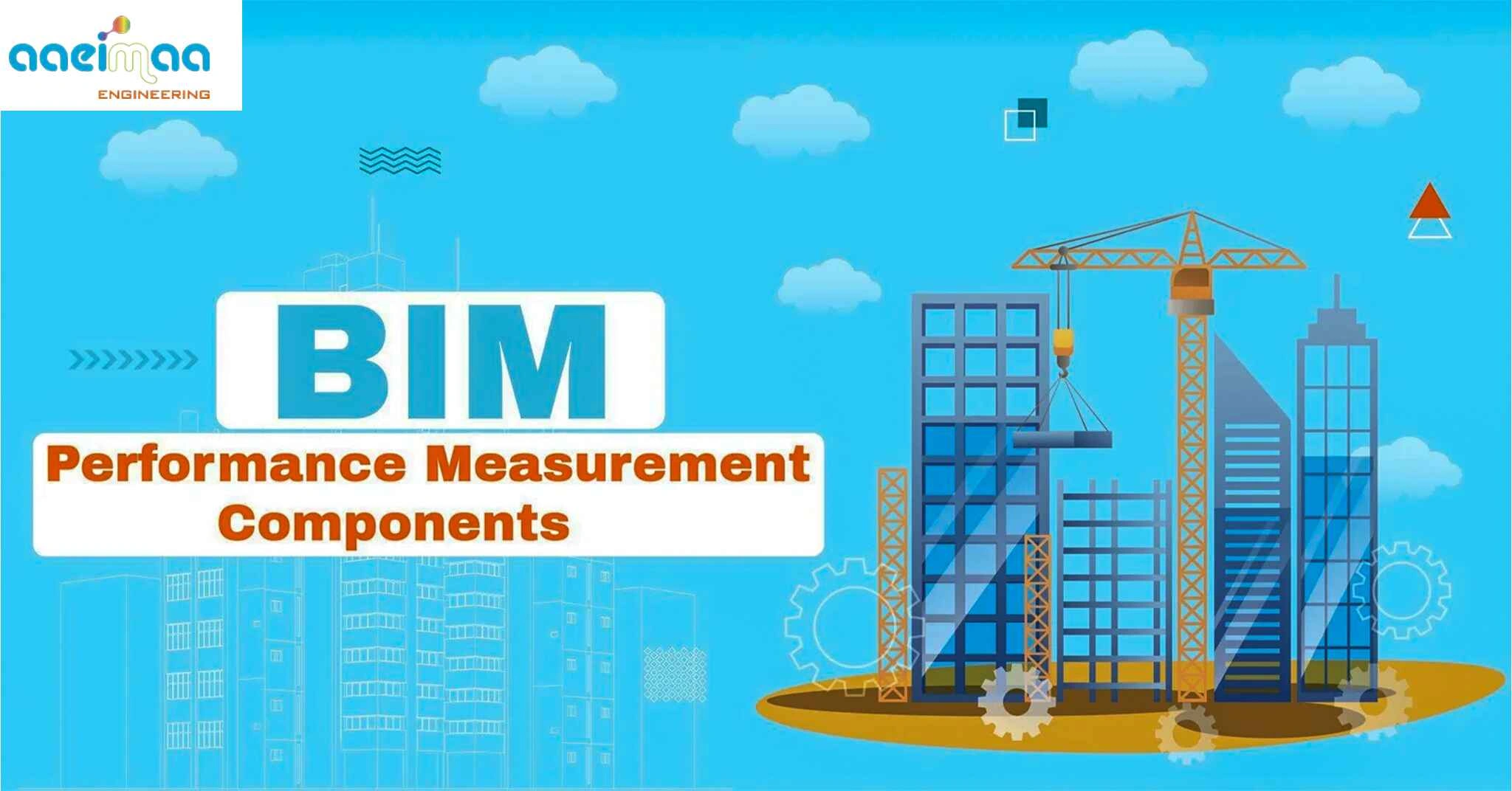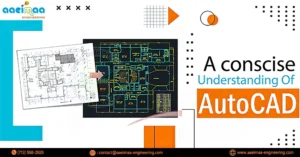We must talk about the BIM components within the BIM Model. These components are crucial for the project’s implementation to be successful.
1. Information:
Information refers to aspects that offer project information in various forms. We can follow two different forms of information. Models and paperwork.
Models are any component or object’s digital data representation. It can also refer to any other component of the building, such as roads and bridges. The Documents also refer to any significant papers, drawings, or other types of media that are necessary for the project. Additionally, the documents are transformed into digital form.
2. People:
The importance of people in a project cannot be overstated. The BIM Model and its implementation heavily rely on the project managers and other types of supervisors.
3. Policies:
The success of a project also depends on the BIM-related policies and processes. The goal of these policies is to make sure that the best practises in policies and procedures are followed during the building process. The benefits of these procedures also include a decrease in risks and disagreements.
4. procedures:
The work order and the activities that must be coordinated from start to finish are included in the procedures.
5. Technologies:
This component includes the hardware and software used in the construction process. This can be the application used to create the BIM Model.
The terms BIM Model and BIM are interchangeable. This has advantages for the construction industry. The BIM-made models will allow AEC professionals to take use of all the benefits that BIM offers.
Therefore, it is crucial to comprehend the fundamentals of BIM and how it has altered how the building business functions at the moment.
1. Reduced rework
The virtual BIM model of the complete building means that all project participants and stakeholders will be aware of the project’s scope.
In addition, conflicts with these models are settled prior to the start of building. This will spare the time and money that would have been needed to fix those collisions during construction.
2. A better project result:
The project owners and managers noticed that the project outcome had improved after implementing BIM, and not just in terms of cost- and time-saving measures.
However, BIM is also linked to a number of other factors that contribute to better project outcomes. Here, elements like individual pleasure, improved comprehension, and simplicity of explanation take precedence.
These are the elements that also aid in the information moving through the project smoothly.
3. Benefits to architects:
Prior to BIM, the architects frequently had to recreate the plans and drawings. And this type of rework was necessary for a number of reasons.
Even worse was the hassle they had to go through to guarantee the client’s delight. However, all has changed with the introduction of BIM and computer-aided construction models.
The pen-and-paper method is no longer necessary because the architects can easily make adjustments to a project model without having to work on it for hours.
4. All participants benefit:
With the usage of BIM, not only the architects but also the MEP engineers, fabricators, contractors and structural engineers have simpler duties.
Even people without much background knowledge in the aforementioned domains can understand the BIM Model. Along with understanding the dimensions and other types of measurements, the fabricators will be aware of the type of material to be employed.
5. Information explosion:
The BIM model is the reason project engineers and technicians have access to so much information and detail today.
Any kind of construction drawing can be created, examined, and shared with others under the umbrella of BIM.
Better collaboration results from the abundance of information that is available to all project participants.




